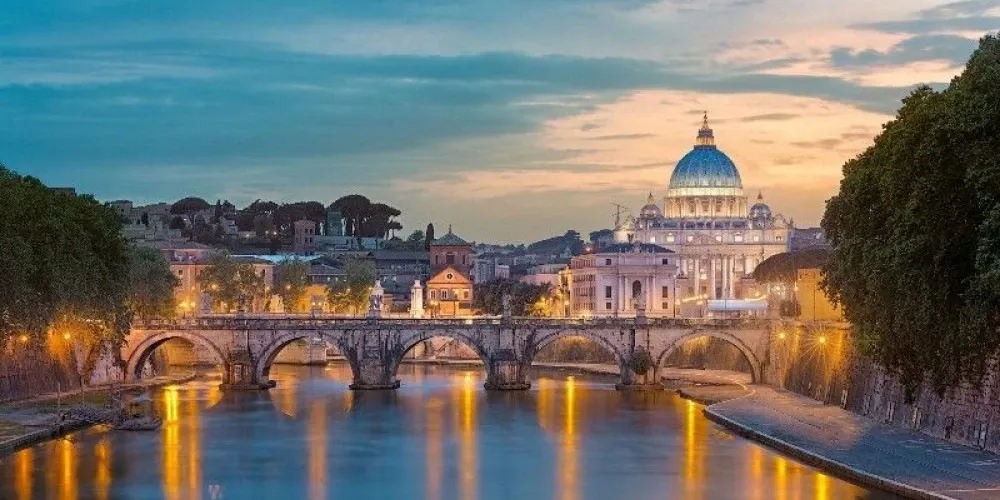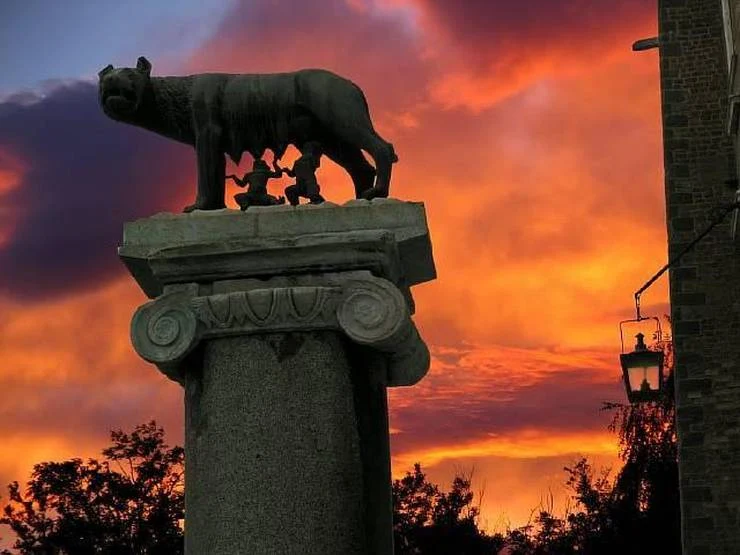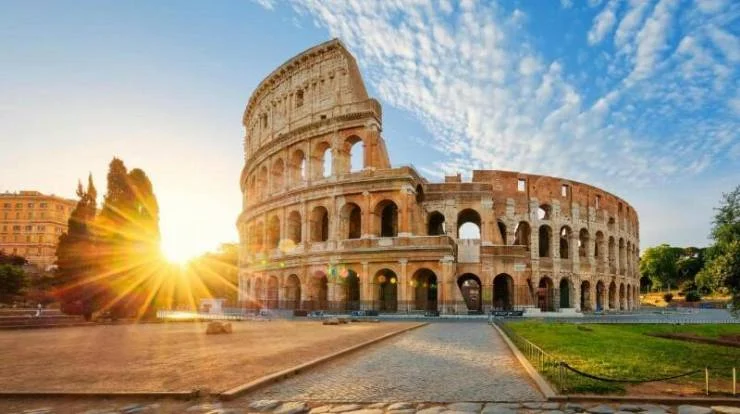Rome (lat. and Italian. - Roma) - one of the oldest cities in Europe, in ancient times - the capital of the Roman Empire; now the capital of Italy.
 |
| Rome |
The time of the foundation of Rome is traditionally considered to be 753 BC. The first "Roman" settlements were located on the Palatine Hill, but other hills were subsequently settled: the Capitol, the Quirinal, the Caelieus, the Aventine, the Esquiline, the Viminal. Over time, the name stuck to Rome: the city on seven hills. Another, no less poetic, name of Rome: the eternal city.
For a long time, Rome was the capital city of the kingdom, then - from 510 (509) to 27 BC. - the capital of the republic. During the reign of Augustus, Rome acquired the status of a metropolitan imperial city.
 |
| Rome |
In the early period of the spread of Christianity in Rome, one of the Local Orthodox Churches was founded. Subsequently, she played one of the leading roles in the development of events related to the inner life and activities of the Earthly Church. And over time, the Roman pontiffs - popes - began to exalt themselves above the primates of other Local Churches, which subsequently contributed to the breakaway of the Roman Church from the general church unity and the distortion of the Christian faith, both theoretically and practically.
This rise was facilitated by a number of historical circumstances and conditions, among which we can highlight the fact that:
- for a long time Rome was a capital city;
- The Roman Church was founded with the direct participation of the chief apostle Peter (note that the apostle Paul is also revered by the Church in the title of chief);
- Rome was the site of the martyrdom of many early Christian saints;
- during the theological disputes that engulfed the East, the hierarchs of the Roman Church often acted as a kind of "arbiters".
There are many shrines in modern Rome, including the relics of great Christian saints.
 |
| Rome |
In addition, there are a number of places in Rome that are revered by both Catholics and Orthodox believers. These include the catacombs, where in the first centuries of the existence of the Church, Christians buried their co-religionists and celebrated worship. The catacombs are also famous for the presence of many early Christian sacred images preserved in them: Christ, the Mother of God, the apostles, other saints, some events of the Old Testament and Gospel history; in addition, a significant part of the catacomb images are deeply symbolic (for example, the phoenix bird, the rooster as a symbol of resurrection, the fish as a symbol of Christ, and many others).
Sometimes the Second Rome is called (former) Constantinople, and the Third - Moscow. These names are conditional.
 |
| Rome |
Constantinople is called so due to the fact that at one time it became the capital of the Roman, later the Byzantine Empire. At the Second Ecumenical Council, the name “New Rome” was approved for Constantinople: “Let the Bishop of Constantinople have the advantage of honor over the Bishop of Rome, because this city is the new Rome” ( Canon 3 of the II Ecumenical Council ). With the falling away of the Roman Local Church from the Ecumenical Orthodox Church, this designation began to be comprehended in a special way.
The name "Third Rome" was assigned to Moscow in the 16th century. The idea of Moscow as the third Rome was, in particular, noted in the message of the elder of the Pskov Spaso-Eleazarov Monastery, Philotheus: " Two Romes have fallen, the third stands, and the fourth will not happen." These words point to the special significance of the Russian Church for Orthodoxy ( the Church of Rome fell away from the Orthodox, the Church of Constantinople lost its former significance due to the fall of Constantinople in 1453), and not only.